In our ever-changing world, some of the most breathtaking destinations are under threat from natural disasters, climate change, over-tourism, and other environmental pressures. These stunning locales, once vibrant and thriving, face uncertain futures, making it imperative for travelers to experience their beauty while they still can. As the editor of StarAvis.com, I’ve had the privilege of exploring some of the world’s most extraordinary places. In this comprehensive guide, I’ll highlight ten stunning destinations that are on the brink of disappearing, urging you to visit them before they fade away.
1. Great Barrier Reef, Australia
A Marine Wonderland in Peril
The Great Barrier Reef is the world’s largest coral reef system, home to an incredible diversity of marine life. Spanning over 2,300 kilometers, it’s a UNESCO World Heritage site and a bucket-list destination for divers and nature enthusiasts alike. However, rising ocean temperatures and pollution have led to significant coral bleaching, threatening its very existence.
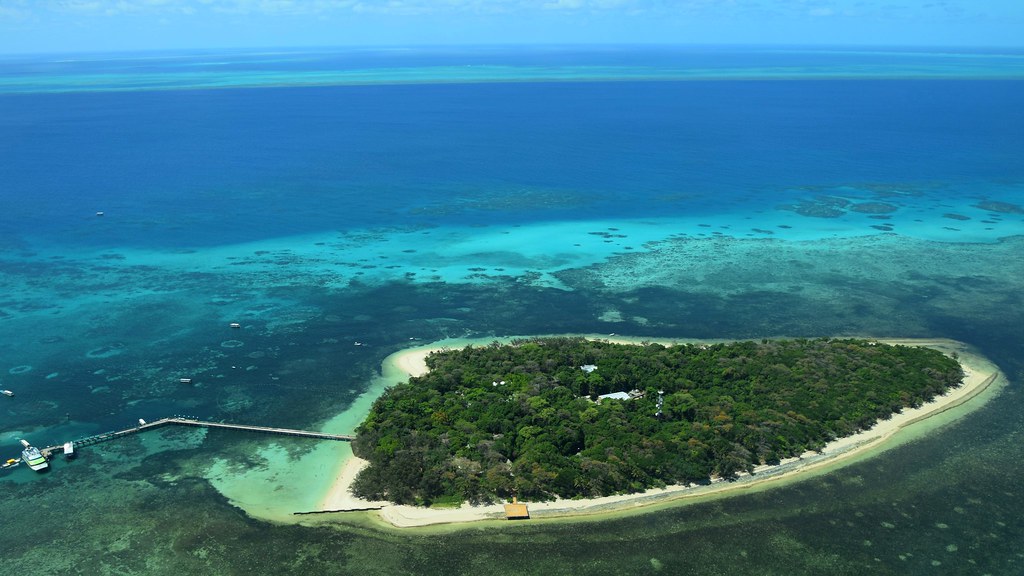
Key Features
- Vibrant Marine Life: Home to over 1,500 species of fish, 400 species of coral, and countless other marine organisms.
- Diverse Ecosystems: Includes various habitats such as coral cays, mangroves, and seagrass beds.
- World-Class Diving and Snorkeling: Offers some of the most spectacular underwater experiences on the planet.
- Eco-Tourism Initiatives: Efforts are underway to promote sustainable tourism and reef conservation.
Why You Need It
Experiencing the Great Barrier Reef allows you to witness one of nature’s most magnificent creations. Visiting now supports conservation efforts and raises awareness about the urgent need to protect marine ecosystems.
Personal Insight:
At StarAvis.com, we believe that witnessing the Great Barrier Reef’s splendor firsthand can inspire individuals to take action towards environmental preservation. It’s a sobering reminder of the fragility of our natural wonders and the impact of human activity on the environment.
Example Use Case:
Join a guided snorkeling tour to explore the vibrant coral formations and diverse marine life. Participate in reef restoration projects, such as coral planting, to contribute directly to the reef’s survival while enjoying an unforgettable underwater adventure.
2. Venice, Italy
The Floating City Battling Rising Waters
Venice is renowned for its picturesque canals, stunning architecture, and rich cultural heritage. However, the city faces severe threats from rising sea levels and frequent flooding, exacerbated by climate change and subsidence. Efforts like the MOSE project aim to protect Venice, but the future remains uncertain.
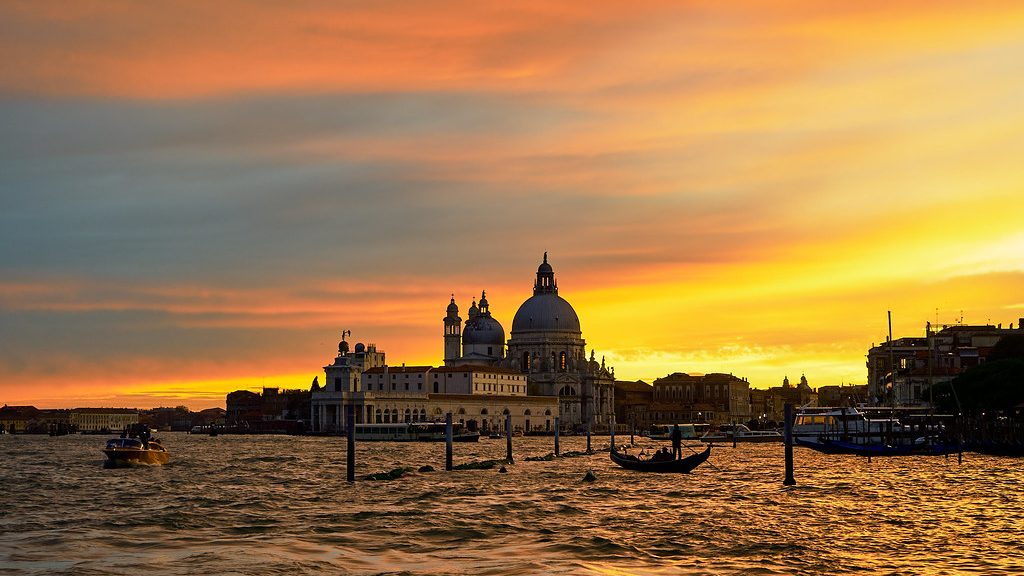
Key Features
- Historic Architecture: Iconic landmarks like St. Mark’s Basilica, the Rialto Bridge, and the Doge’s Palace.
- Unique Canal System: Over 150 canals crisscross the city, offering a unique mode of transportation and breathtaking views.
- Cultural Festivals: Hosts renowned events such as the Venice Biennale and Carnevale.
- Art and History: Rich in museums, galleries, and historical sites that showcase centuries of art and culture.
Why You Need It
Visiting Venice provides a glimpse into a city that defies the odds with its beauty and resilience. It also highlights the urgent need to address climate change and preserve our cultural heritage.
Personal Insight:
At StarAvis.com, exploring Venice is a profound experience that combines beauty with a poignant reminder of the challenges posed by environmental changes. It underscores the importance of sustainable tourism and proactive measures to protect vulnerable destinations.
Example Use Case:
Take a gondola ride through the historic canals, explore the ornate architecture of St. Mark’s Basilica, and attend a local cultural festival. Engage with local conservation efforts and learn about the measures being taken to preserve Venice for future generations.
3. Galápagos Islands, Ecuador
A Pristine Ecosystem Under Threat
The Galápagos Islands are a UNESCO World Heritage site, famed for their unique biodiversity and the role they played in Charles Darwin’s theory of evolution. However, increasing tourism, invasive species, and climate change threaten the delicate balance of this extraordinary ecosystem.
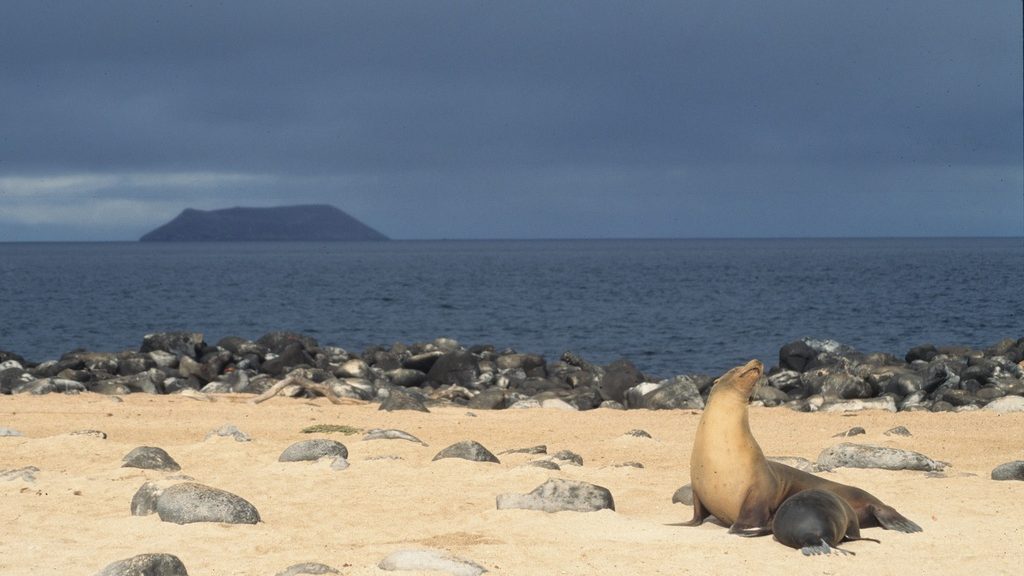
Key Features
- Unique Wildlife: Home to species found nowhere else on Earth, including the giant Galápagos tortoise and marine iguana.
- Pristine Landscapes: Volcanic islands with stunning beaches, rugged terrains, and crystal-clear waters.
- Conservation Efforts: Active measures to protect native species and control invasive ones.
- Eco-Friendly Tourism: Emphasis on sustainable travel practices to minimize environmental impact.
Why You Need It
Visiting the Galápagos Islands allows you to witness unparalleled natural beauty and biodiversity. It also supports ongoing conservation efforts to protect this fragile ecosystem from further degradation.
Personal Insight:
At StarAvis.com, the Galápagos Islands represent the pinnacle of natural wonder and the urgent need for conservation. Experiencing their unique environment fosters a deeper appreciation for biodiversity and the importance of preserving it.
Example Use Case:
Join a guided wildlife tour to observe endemic species in their natural habitats. Participate in conservation projects, such as habitat restoration or monitoring of endangered species, to contribute to the preservation of the islands’ unique ecosystem.
4. Antarctica
The Last Great Wilderness Facing Melting Ice
Antarctica is the planet’s southernmost continent, characterized by its vast icy landscapes and extraordinary wildlife, including penguins and seals. However, climate change is causing ice sheets to melt at an alarming rate, threatening the continent’s pristine environment and global sea levels.

Key Features
- Extreme Landscapes: Majestic icebergs, towering glaciers, and expansive ice sheets.
- Unique Wildlife: Species adapted to harsh conditions, such as Emperor penguins, Weddell seals, and various seabirds.
- Scientific Research: Home to numerous research stations studying climate change, glaciology, and marine biology.
- Isolation and Tranquility: One of the most remote and least disturbed places on Earth.
Why You Need It
Visiting Antarctica offers a rare opportunity to experience one of the most untouched and extreme environments on the planet. It also raises awareness about the profound impacts of climate change on global ecosystems.
Personal Insight:
At StarAvis.com, Antarctica embodies the ultimate adventure and the critical importance of environmental stewardship. Exploring its remote beauty highlights the urgent need to combat climate change and protect vulnerable regions.
Example Use Case:
Embark on an expedition cruise to explore the icy wilderness, observe unique wildlife, and visit research stations. Engage with scientists to learn about ongoing studies and the challenges posed by climate change in Antarctica.
5. Maldives
Paradise Islands Threatened by Rising Sea Levels
The Maldives is renowned for its stunning white-sand beaches, crystal-clear waters, and vibrant coral reefs. As the lowest-lying country in the world, it is exceptionally vulnerable to rising sea levels and extreme weather events, putting its very existence at risk.
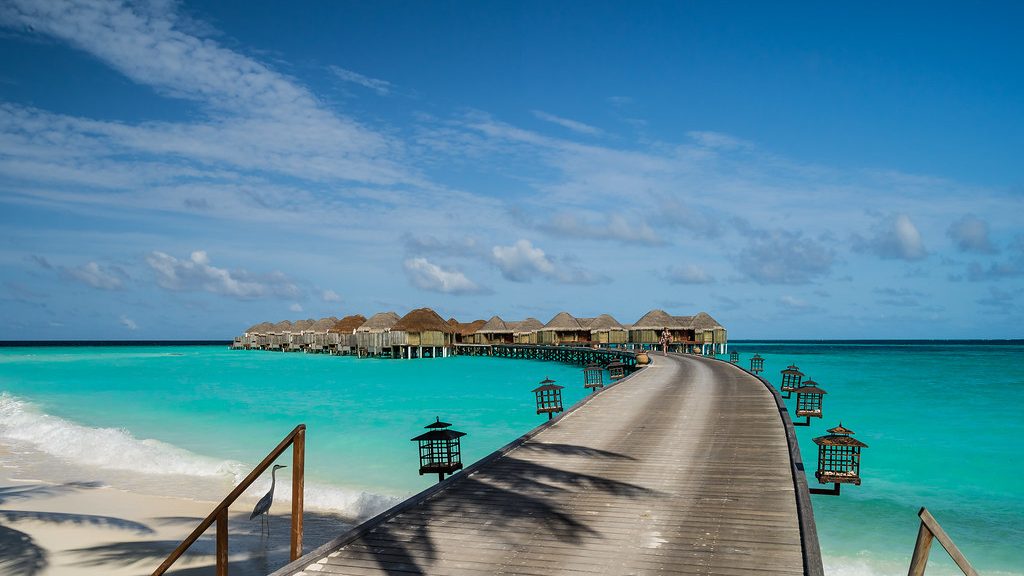
Key Features
- Breathtaking Beaches: Pristine, secluded beaches ideal for relaxation and water activities.
- Rich Marine Life: Diverse coral reefs teeming with colorful fish, sharks, and manta rays.
- Luxurious Resorts: World-class accommodations offering unparalleled comfort and services.
- Sustainable Tourism Initiatives: Efforts to promote eco-friendly practices and preserve the natural environment.
Why You Need It
The Maldives offers an idyllic escape, but its future is uncertain due to environmental threats. Visiting now supports sustainable tourism and raises awareness about the impacts of climate change on vulnerable island nations.
Personal Insight:
At StarAvis.com, the Maldives represents both the pinnacle of tropical beauty and the urgent need for climate action. Experiencing its natural splendor firsthand reinforces the importance of supporting sustainable practices to ensure its preservation.
Example Use Case:
Stay at an eco-friendly resort that implements sustainable practices such as coral restoration and renewable energy. Participate in marine conservation activities, like snorkeling with coral restoration teams or learning about local environmental initiatives.
6. Kyoto, Japan
A Cultural Gem Facing Urbanization Pressures
Kyoto, once the imperial capital of Japan, is celebrated for its well-preserved temples, traditional tea houses, and beautiful gardens. However, rapid urbanization, declining population, and environmental challenges threaten the preservation of its cultural heritage and natural beauty.
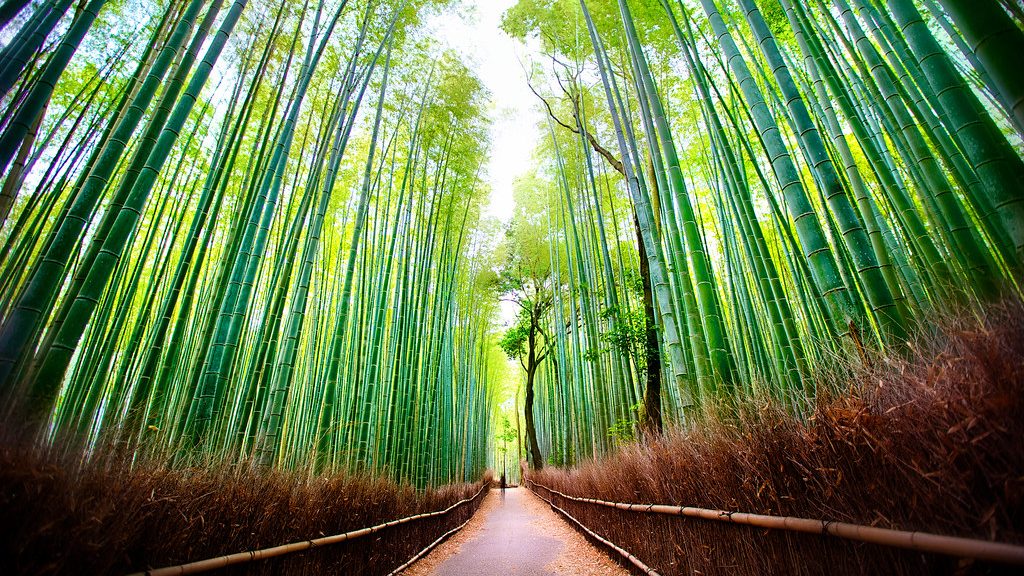
Key Features
- Historic Temples and Shrines: Iconic sites like Kinkaku-ji (Golden Pavilion) and Fushimi Inari Taisha.
- Traditional Arts and Crafts: Rich in traditional Japanese arts, including tea ceremonies, ikebana (flower arranging), and pottery.
- Beautiful Gardens: Exquisite gardens that showcase the harmony between nature and human design.
- Cultural Festivals: Hosts numerous festivals, such as the Gion Matsuri and Aoi Matsuri, celebrating its rich heritage.
Why You Need It
Kyoto offers a deep dive into Japan’s cultural and historical richness. Visiting helps support the preservation of its unique heritage and promotes sustainable tourism practices amidst modernization pressures.
Personal Insight:
At StarAvis.com, Kyoto exemplifies the delicate balance between preserving tradition and embracing modernity. Exploring its historic sites fosters a greater appreciation for cultural heritage and the importance of sustainable development.
Example Use Case:
Participate in a traditional tea ceremony workshop, visit historic temples and gardens, and engage with local artisans to learn about traditional crafts. Support initiatives aimed at preserving Kyoto’s cultural landmarks and promoting sustainable tourism.
7. Bhutan’s Tiger’s Nest Monastery
A Sacred Site Amidst Environmental Challenges
Perched on a cliffside in Bhutan’s Paro Valley, the Tiger’s Nest Monastery (Taktsang Palphug Monastery) is one of the most iconic and spiritually significant sites in the world. However, the monastery faces threats from landslides, erosion, and the impacts of increased tourism, jeopardizing its accessibility and preservation.
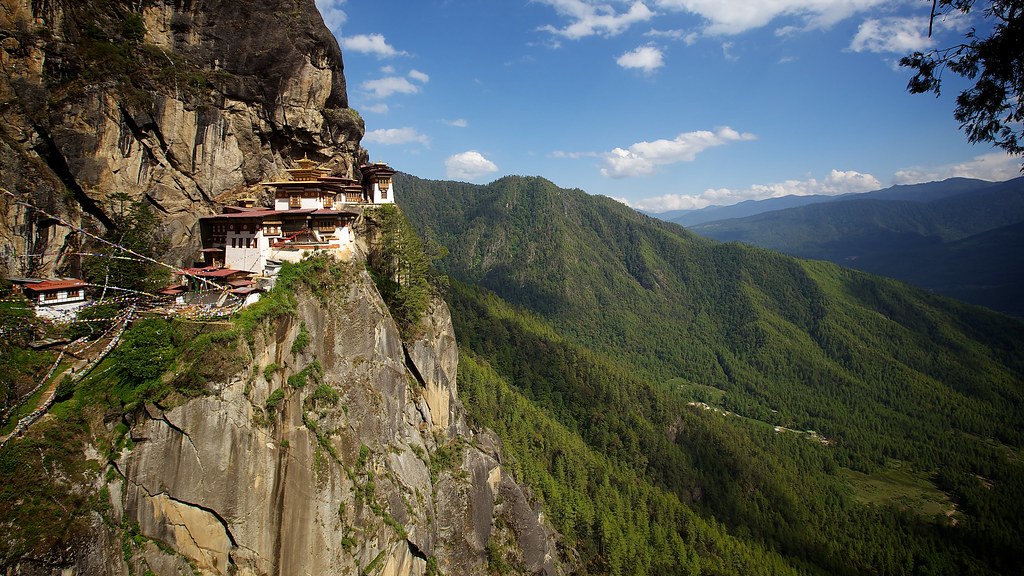
Key Features
- Stunning Location: Built into a cliffside, offering breathtaking panoramic views of the Paro Valley.
- Spiritual Significance: A sacred site for Tibetan Buddhism, believed to be the meditation spot of Guru Rinpoche.
- Architectural Marvel: Combines traditional Bhutanese architecture with harmonious integration into the natural landscape.
- Trekking Adventure: Accessible via a challenging yet rewarding trek through lush forests and terraced fields.
Why You Need It
Visiting the Tiger’s Nest Monastery offers a profound spiritual and cultural experience, while also highlighting the need to protect and preserve sacred sites from environmental and human-induced threats.
Personal Insight:
At StarAvis.com, the Tiger’s Nest Monastery represents the intersection of spirituality, natural beauty, and the urgent need for environmental conservation. Experiencing its serene ambiance fosters a deeper understanding of Bhutanese culture and the importance of sustainable tourism.
Example Use Case:
Embark on a guided trek to the monastery, immersing yourself in Bhutan’s natural beauty and spiritual heritage. Support local conservation efforts aimed at maintaining the trail and preserving the monastery’s structural integrity against environmental threats.
8. Svalbard, Norway
Arctic Wilderness Facing Climate Shifts
Svalbard is an archipelago in the Arctic Ocean, known for its stunning glaciers, rugged landscapes, and unique wildlife, including polar bears and Arctic foxes. Climate change is causing rapid ice melt, altering ecosystems, and impacting wildlife, making Svalbard a critical area for environmental research and conservation.
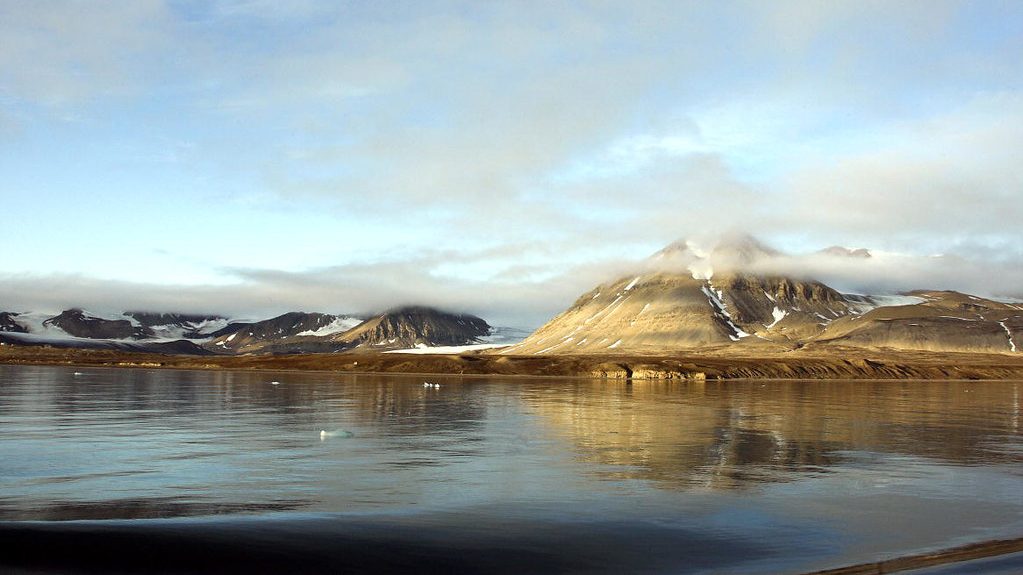
Key Features
- Majestic Glaciers: Expansive ice formations and glacier-fed fjords.
- Unique Wildlife: Habitat for polar bears, reindeer, Arctic foxes, and numerous seabirds.
- Northern Lights: Prime location for witnessing the mesmerizing Aurora Borealis.
- Scientific Research: Hub for climate and Arctic studies, contributing valuable data on environmental changes.
Why You Need It
Svalbard offers an unparalleled Arctic experience, but its fragile ecosystem is under threat from climate change. Visiting supports conservation efforts and raises awareness about the urgent need to address environmental issues in the Arctic.
Personal Insight:
At StarAvis.com, Svalbard represents both the raw beauty of the Arctic and the pressing challenges posed by climate change. Exploring its pristine environment underscores the importance of global efforts to mitigate climate impacts and preserve Arctic ecosystems.
Example Use Case:
Join a guided expedition to explore the glaciers and wildlife of Svalbard, participate in citizen science projects, and learn about ongoing climate research. Support local initiatives focused on wildlife conservation and sustainable tourism practices in the Arctic region.
9. Bali’s Coral Reefs, Indonesia
Underwater Paradises at Risk from Pollution and Climate Change
Bali is famed for its vibrant coral reefs, crystal-clear waters, and diverse marine life, making it a top destination for divers and snorkelers. However, pollution, overfishing, and rising sea temperatures are causing coral bleaching and degradation, threatening these underwater paradises.
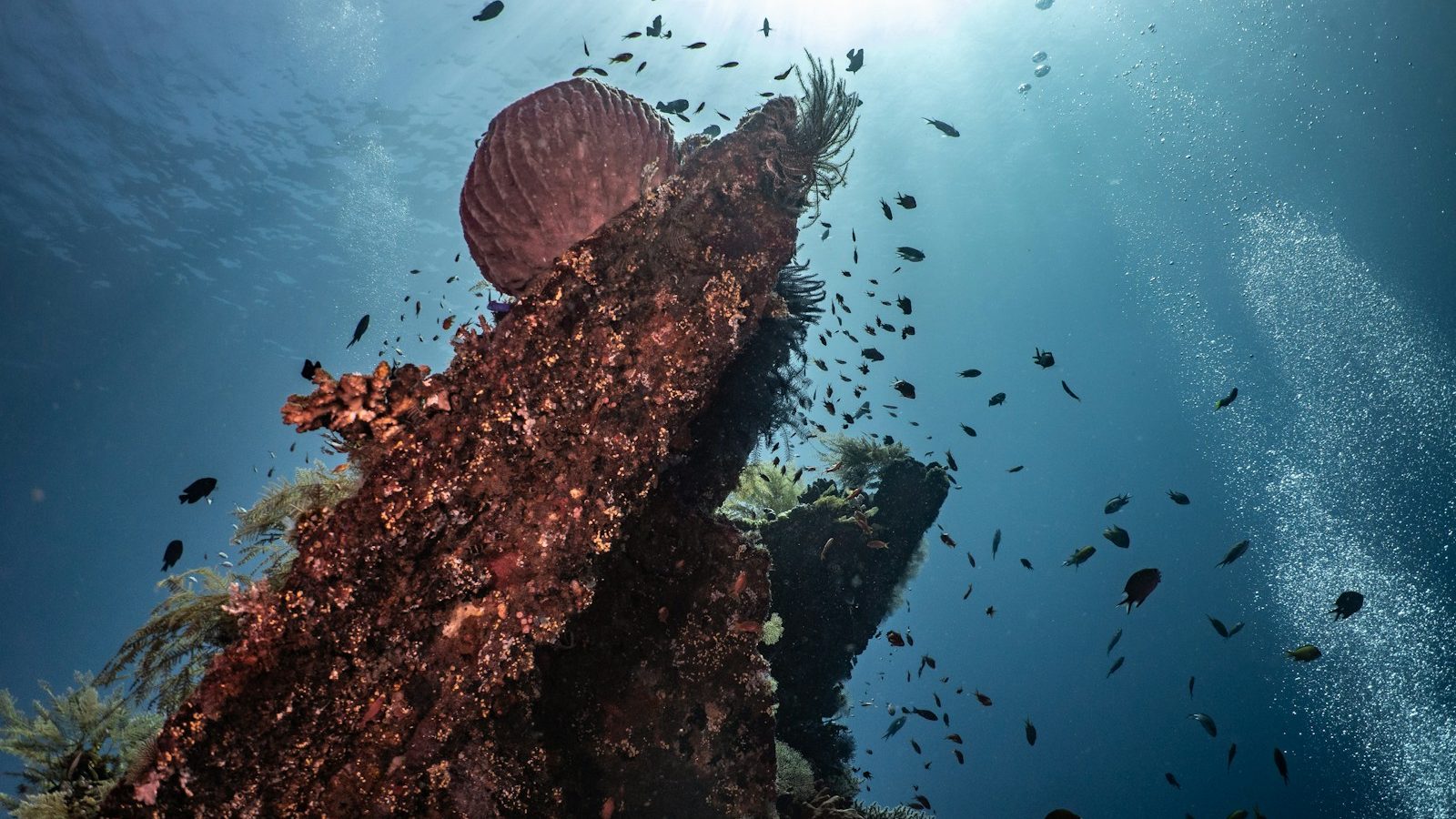
Key Features
- Diverse Marine Life: Home to a wide array of species, including colorful corals, tropical fish, manta rays, and sea turtles.
- Stunning Underwater Landscapes: Coral gardens, underwater caves, and vibrant reef formations.
- World-Class Diving Sites: Locations like Menjangan Island, Nusa Penida, and Tulamben offer exceptional diving experiences.
- Eco-Tourism Initiatives: Efforts to promote sustainable diving practices and reef conservation.
Why You Need It
Visiting Bali’s coral reefs supports sustainable tourism and conservation efforts, helping to protect these vital ecosystems from further damage while allowing you to experience their breathtaking beauty.
Personal Insight:
At StarAvis.com, Bali’s coral reefs symbolize the delicate balance between tourism and environmental preservation. Engaging in eco-friendly activities and supporting conservation projects ensures that future generations can enjoy these underwater wonders.
Example Use Case:
Participate in a coral restoration project by helping to plant new corals or monitor reef health. Choose eco-certified dive operators that follow sustainable practices, minimizing your environmental impact while exploring Bali’s stunning underwater landscapes.
10. Machu Picchu, Peru
Ancient Wonder Facing Environmental and Tourist Pressures
Machu Picchu, the iconic Incan citadel nestled high in the Andes Mountains, attracts millions of visitors each year. However, the influx of tourists, coupled with natural erosion and climate change, poses significant threats to its preservation and the surrounding environment.

Key Features
- Architectural Marvel: Intricate stone constructions and terraces showcasing Incan ingenuity and harmony with nature.
- Breathtaking Location: Perched amidst lush greenery and dramatic mountain landscapes.
- Cultural Significance: A UNESCO World Heritage site with deep historical and spiritual importance.
- Adventure Opportunities: Trekking the Inca Trail and exploring the diverse ecosystems of the Sacred Valley.
Why You Need It
Visiting Machu Picchu not only offers a glimpse into ancient civilizations but also emphasizes the need for sustainable tourism practices to protect and preserve historical sites from degradation.
Personal Insight:
At StarAvis.com, Machu Picchu embodies the awe-inspiring achievements of ancient civilizations and the critical need to balance tourism with conservation. Exploring this majestic site highlights the importance of responsible travel and preservation efforts to safeguard cultural heritage.
Example Use Case:
Take a guided hike along the Inca Trail to reach Machu Picchu, ensuring you follow eco-friendly practices such as minimizing waste and respecting local guidelines. Support local communities and conservation initiatives that work to protect the integrity and sustainability of this ancient wonder.
Stunning Destinations You Must Visit Before They Disappear
The world is home to countless stunning destinations that captivate our imaginations and enrich our lives. However, many of these places face imminent threats from environmental changes, over-tourism, and other challenges that jeopardize their existence. By visiting these ten breathtaking locales, you not only experience their unparalleled beauty but also contribute to their preservation and raise awareness about the urgent need to protect our planet’s most vulnerable treasures.
At StarAvis.com, integrating these destinations into our travel narratives has deepened our commitment to sustainable tourism and environmental stewardship. Whether you’re an adventure seeker, a culture enthusiast, or a nature lover, these destinations offer unique and unforgettable experiences that inspire a greater appreciation for the world’s natural and cultural heritage.
Investing in sustainable travel practices, supporting local conservation efforts, and choosing eco-friendly accommodations can make a significant difference in preserving these stunning destinations for future generations. Don’t wait until it’s too late—explore, appreciate, and protect the incredible places that make our world so wonderfully diverse and beautiful.


